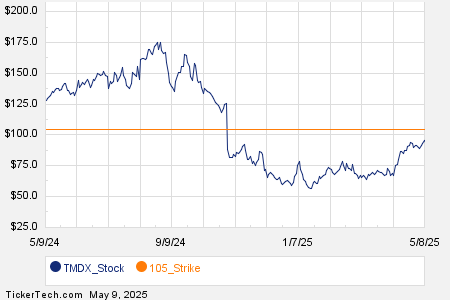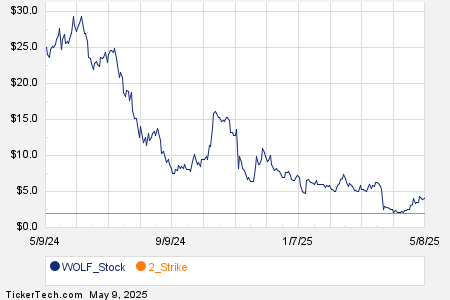Dollar Index Falls Ahead of US-China Trade Talks
The dollar index (DXY00) declined from a four-week high on Friday, closing down by -0.29%. Long liquidation pressures impacted the dollar as traders prepared for US-China trade discussions in Switzerland this weekend. The dollar’s losses accelerated after New York Fed President John Williams indicated that he expects economic growth in the US this year to be “considerably slower” than in 2024, signaling a dovish outlook for Federal Reserve policy.
Fed Perspectives on Economic Growth and Interest Rates
Fed Governor Kugler suggested that interest rates should remain steady for now, highlighting the current stability of the US economy amidst uncertainty surrounding President Trump’s tariff policies. Williams reiterated his concerns about a slower economic trajectory in 2023 and also anticipated higher inflation and unemployment rates.
The markets are currently pricing in a 17% chance of a -25 basis point rate cut following the June 17-18 FOMC meeting.
Eurozone Developments and the Euro’s Recovery
Against this backdrop, EUR/USD (^EURUSD) rebounded from a four-week low, rising by +0.24%. The weaker dollar prompted some short covering in the euro. Additionally, Friday’s increase in the 10-year German bund yield to a four-week high helped bolster the euro’s interest rate differentials. However, gains were curbed by dovish comments from ECB Governing Council members Simkus and Rehn, both expressing support for an interest rate reduction at the next policy meeting.
Simkus stated, “Another interest rate cut by the ECB in June is needed” to address ongoing concerns about the Eurozone’s struggles under US tariffs and slowing inflation. Rehn echoed this sentiment, suggesting that a rate cut should occur if the ECB’s new financial forecasts confirm disinflationary trends and diminishing growth momentum.
Currently, swaps indicate a 93% probability for a -25 basis point cut by the ECB at the June 5 policy meeting.
Japanese Yen Strengthens Amid Trade Tensions
In currency markets, USD/JPY (^USDJPY) fell by -0.40%. The yen gained strength against the dollar as safe-haven demand surged due to renewed trade tensions. US Commerce Secretary Lutnick mentioned that a trade agreement with Japan may take significantly longer to finalize than the recent framework deal announced with the UK. The yen strengthened further as Treasury yields dropped.
Japanese economic data released on Friday provided mixed signals. March household spending exceeded expectations with a rise of +2.1% year-over-year, while labor cash earnings grew by +2.1% year-over-year, falling short of the expected +2.5% increase. Additionally, Japan’s March leading index CI declined by -0.5 to 107.7, better than the forecast of 107.5.
Precious Metals Rise Amid Dollar Weakness
In commodities, June gold (GCM25) closed up +38.00 (+1.15%), and July silver (SIN25) rose by +0.297 (+0.91%). The gains in precious metals were supported by dollar weakness, which enhanced their appeal as safe-haven assets. Dovish remarks from ECB members buoyed demand for metals as a store of value, and rising inflation expectations further stimulated interest in gold as a hedge.
Geopolitical tensions also played a role in bolstering safe-haven demand, especially following India’s military actions against Pakistan in response to a militant attack in Kashmir, and ongoing conflicts in the Middle East, notably the Israel-Hamas situation. However, market adjustments ahead of the US-China trade talks partially limited gains in precious metals.
Long liquidation and position squaring also played a part in curbing precious metals’ price increases, while Williams’ comments regarding the slower expected economic growth negatively impacted sentiment for industrial metals like silver.
On the date of publication,
Rich Asplund
did not have (either directly or indirectly) positions in any of the securities mentioned in this article. All information and data in this article is solely for informational purposes. For more information please view the Barchart Disclosure Policy
here.
The views and opinions expressed herein are the views and opinions of the author and do not necessarily reflect those of Nasdaq, Inc.


